If the mainstreaming of meat alternatives is any indication, cultured 3D printed meat, now a fringe product, will likely be in your fridge within a decade.
Just this summer, the U.S. Department of Agriculture (USDA) granted its first-ever approval of cell-cultured meat produced by two companies, which already attained U.S. Food and Drug Administration (FDA) approval. Good Meat and Upside Foods have begun selling lab-grown chicken products to select restaurants in the US, which is the second country in the world after Singapore to allow sales of meat grown in labs.
3D printed meat (also called lab-grown or cultured meat) has generated both excitement and reservation. Although the technology holds promise for addressing the sustainability, environmental, nutritional, safety, and ethical concerns associated with conventional meat production today, it faces an uphill consumer acceptance battle, some remaining regulatory hurdles, and a long road to production scale.
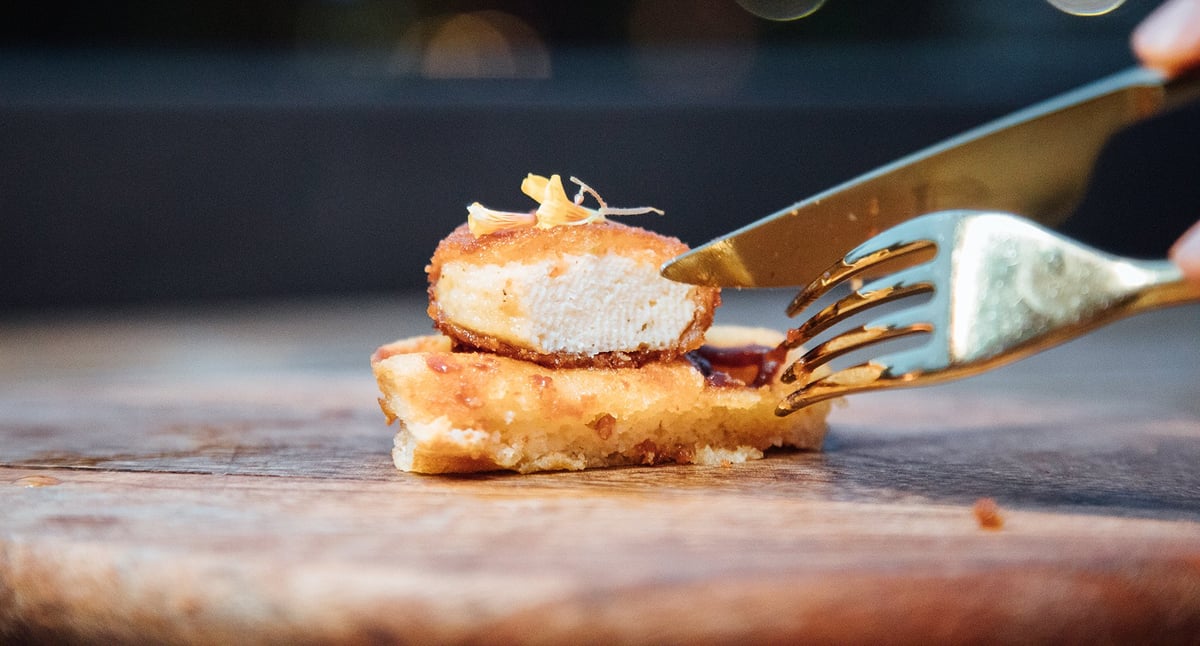
Not a meat substitute made from plant sources, 3D printed cultured meat is real meat made from animal cells, which are grown in a lab environment and processed via extrusion-based 3D printers into shapes, such as burgers, filets, and ground meat. Plant-based products are typically called “meat-alternatives” or “vegetarian meat”, and they can also be 3D printed, but cultivated meat is meat. Most cultured meat products are 3D printed, but some are molded, such as Upside Foods. We’ll get into the reasons why below.
Although the taste has been shown in blind tests to be the same, texture, in many cases, reveals cultured meat’s laboratory origins.
Whatever your eating habits, cultured meat is expected to be a multi-billion-dollar industry by 2030, with several unicorn start-ups already valued in the nine figures, such as Bill Gates-backed Upside Foods, which is worth $1B to $10B.
One eye-opening prediction: By 2040, 60% of all meat will be lab grown, according to the market research firm, ResearchAndMarkets.
Why 3D Print Meat?

There’s no shortage of meat products in developed countries. In fact, North Americans consume roughly 98.5 kilos (197 pounds) of meat per person every year, and it’s trending upwards. So what’s the need for cultured meat?
There are more reasons than you may think, ranging from environmental to economical to ethical, which appeal to a broad segment of consumers.
Environmental
The traditional meat industry faces several environmental and sustainability challenges, such as deforestation for grazing land and greenhouse gas emissions. 3D printed meat has the potential to require fewer resources and generate fewer environmental burdens and less waste.
An investigation in the journal Nature found that replacing just 20% of global beef consumption with a meat substitute within the next 30 years could cut deforestation and the carbon emissions associated with it by 50%.

Animal Welfare & Ethics
Lab-grown meat offers a way to produce meat without the need to raise and slaughter animals. Companies in this industry say the cells that they harvest from live animals don’t harm the animals. Some, but not all, cultured beef uses a nutrient-rich fluid derived from the blood of cow fetuses to provide nutrients to growing cells. Fetal Bovine Serum (FBS) is collected during the process of slaughtering pregnant cows for meat production. Although these fetuses would not have matured in any case, the collection process is not in line with most animal rights advocates.
Lab-grown seafood meat would eliminate fishing and especially the growing amount of over fishing, which is leading to depleted marine ecosystems and loss of the animals that depend on them.
Food Security & Safety
In countries and regions with no available animal grazing land or ranches, or where demand for meat is greater than the local supply, meat is imported. 3D printed meat could provide a solution to the increasing global demand for protein as the world’s population grows.
Although lab-grown meat is susceptible to the same bacteria as traditional meat when it comes to food-borne illnesses, there’s no risk of disease outbreaks or antibiotic-resistant bacteria that can devastate traditional livestock. There’s also no use of vaccines, growth hormones, or antibiotics in lab-grown meat.

Customization & Nutrition
Bioprinting technology allows for precise control over the composition and structure of the meat product, lowering the amount of fat, for example. This could lead to tailoring meat products to specific nutritional requirements or preferences.
Although not yet in use, research has shown that meat cell engineering could produce a final product with extra nutritional benefits. One study was able to create the antioxidants, lycopene and β-carotene, in cultured meat. These antioxidants, typically found in plants, are known to protect cells from damage and diseases associated with red and processed meat consumption.
When it comes to fish, however, one study found the cultured version may not yet have the omega-3 fatty acid you’ll find in the version that swims because fish consume these nutrients from other organisms, such as marine algae, so they would have to be supplied in the culture media or added in post-processing.
A 2020 study in the journal Frontiers in Nutrition, which did not actually test any cultured meat products, inferred from the production processes that “cultured meat currently differs significantly from traditional meat in its technological, sensorial, and nutritional properties.”
Economical
Traditional meat production requires massive amounts labor and resources for animal care, including food, water, land, and time for the animals to mature. All this is in addition to animal transportation costs and slaughterhouse facilities.
Although the true cost of cultured meat production on a mass scale is unknown and currently these meat products are much more expensive than traditional meat, the potential to eliminate billions of dollars in farming, feed, transportation, labor, and the slaughter process, among other expenses, has led investors — including many large global traditional meat producers — to pour billions in funding into start-ups in is industry.

3D printed meat marketers point to these potential benefits as an indication that their product is poised to have the same type of success as the meat alternative market, which is expected to experience a compound annual growth rate 43.6% from 2023 to 2030.
Critics of 3D printed meat, however, say it’s too early to tell. Production is currently on a small scale, and the environmental impact, for example, of cell culturing and processing on a mass scale is unknown. In addition, scaling 3D printed meat to large-scale production faces technical challenges and high costs, which could impact the commercial viability of the products.
“The future of cultivated meat is uncertain, but it already has the potential to become a significant part of the meat industry in the coming years,” according to Andressa Cristina Antunes Santos of the University of São Paulo, Brazil (et al), in her comprehensive 2023 review of the cultivated meat research to date. “However, there are still technical and economic challenges to overcome, such as scalability, cost and regulatory approval, before it can be produced at scale and sold at prices competitive with conventional meat.”
What is 3D Printed Meat Made Of?
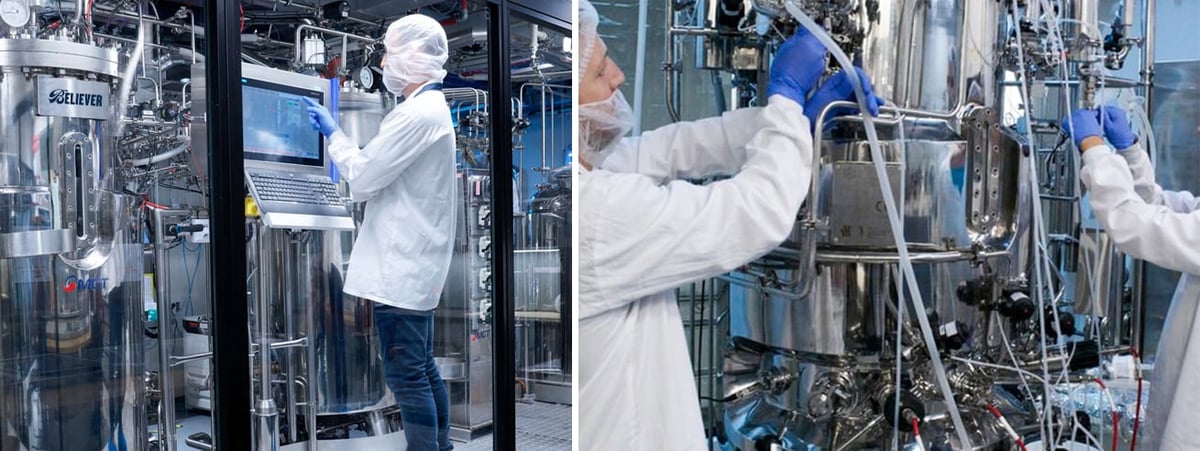
3D printed meat is an animal product. 3D printed beef for example, is made from a process that involves growing animal muscle cells and fat cells harvested from a cow in a controlled laboratory environment.
First, a sample of animal cells, also known as myoblasts, is collected from a living animal. These cells are the building blocks of muscle tissue. The collected cells are placed in a nutrient-rich medium that provides the necessary nutrients, growth factors, and conditions to encourage cell growth and replication.
The cells are allowed to multiply and proliferate in a bioreactor, forming larger quantities of muscle cells. This step is essential to generate enough cells for the production of meat. In some cases, a scaffold or matrix made of edible materials, such as pea or soy proteins, might be used to provide structural support and guide the growth of the muscle cells into a meat-like structure.
Cultured meat company Good Meat says the entire process takes place in a “safe and controlled environment that looks like a beer brewery.”

Once the cultured tissue has reached the desired texture and maturity, it is processed into various forms, such as burgers, steaks, or ground meat. In some cases, once printed, the products enter an incubator to mature and grow into the final cultivated meat. What ever the final form, it must still be cooked before it can be consumed.
The time frame from cell to meat product, companies in the industry say, is weeks rather than the months or years it takes for an full animal to mature.
How is 3D Printed Meat 3D Printed
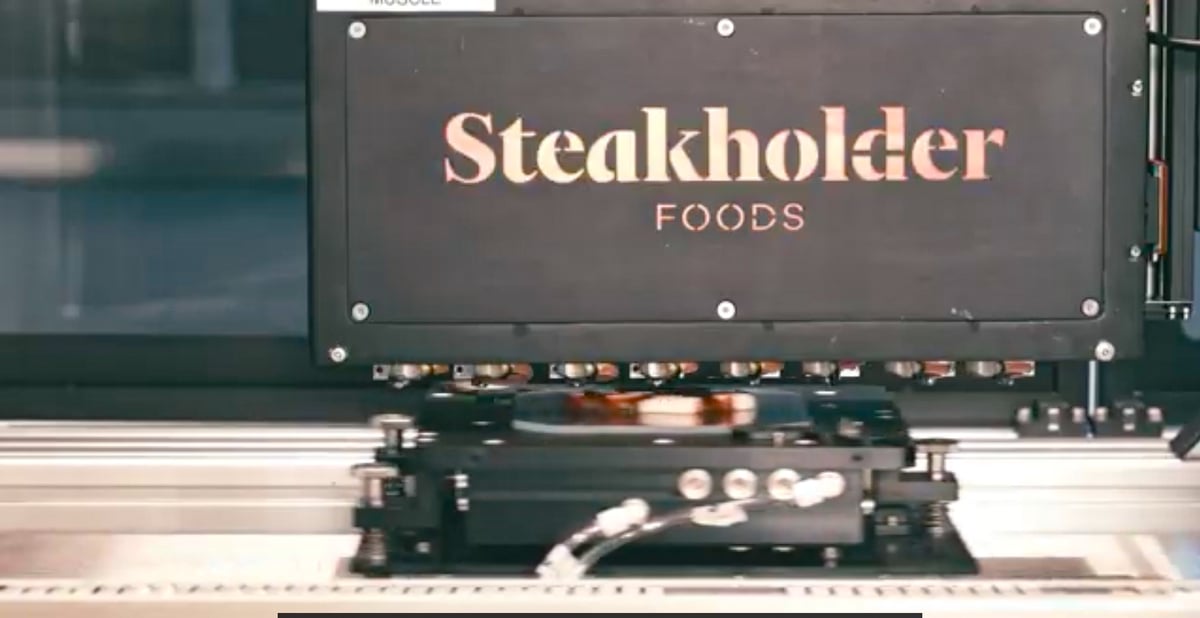
Most cultured meat is 3D printed, in other words, cell material is extruded through a nozzle, layer by layer, into a shape. But, as we mentioned, not all cultured meat is 3D printed, a few companies use a mold to press the cell materials into shape, such as for fish fingers and chicken nuggets.
3D printing, proponents say, enables greater control over structure, texture, and the placement of fat cell material (used for flavor) and muscle cell material, resulting in more natural textures. “Three-dimensional printing technology enables the fabrication of flexible artificial vessels and local control of the graininess and toughness of artificial meat, to better simulate the three-dimensional structure of real meat,” according to the study Tissue Engineering Challenges for Cultivated Meat to Meet the Real Demand of a Global Market.
The machines for meat 3D printing, known as bioprinters, are not like those used for 3D printing of plastics or metals. A bioprinter creates three-dimensional structures using living cells, biomaterials, or bioinks. In addition to cultured meat, bioprinters are used for human issue engineering, drug testing, and can create skin grafts for wound healing, among other applications.
Cultured meat companies are secretive about their actual meat forming processes.
Top 3D Printed Meat Companies
Good Meat
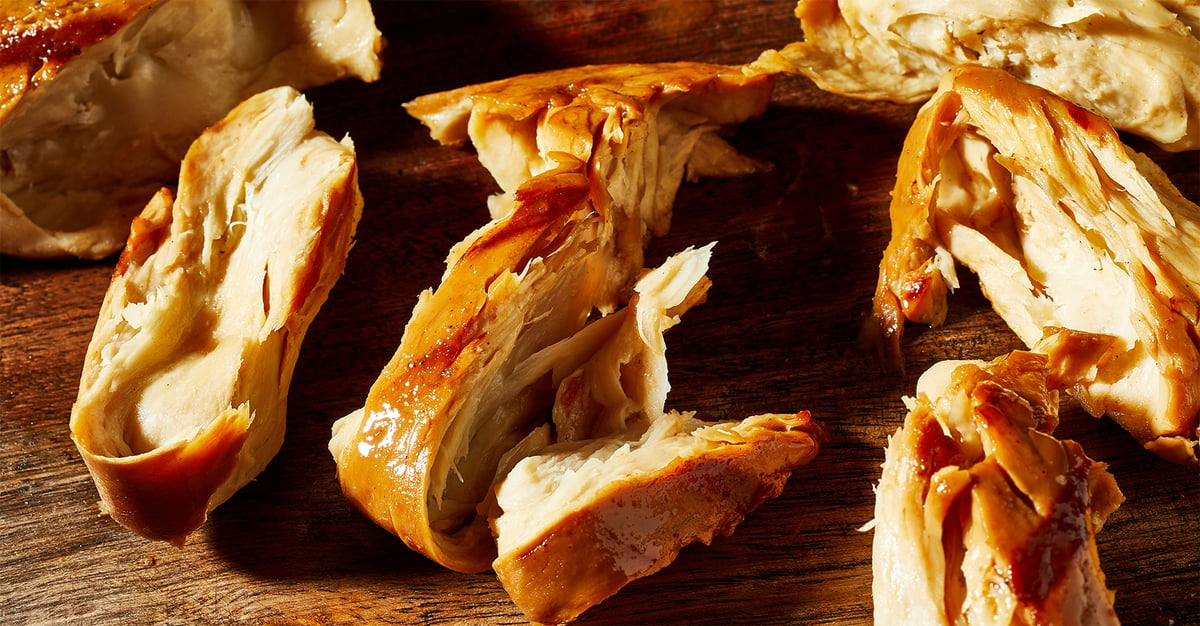
After receiving approval for its cultivated chicken from both the U.S. Food and Drug Administration and the U.S. Department of Agriculture, California-based Good Meat is on the menu at China Chilcano restaurant in Washington D.C. However, because of it’s limited quantity, specific reservations to try this cultivated chicken are required.
Good Meat, a subsidiary of Eat Just, grows stem cells from chicken eggs into edible chicken tissue. This tissue is converted into a bioink and 3D printed into typical chicken shapes, such as breasts and nuggets.
The company is also working on other types of meat, including cultivated beef using cells from California pasture-raised cattle and Wagyu from the Toriyama farm in Japan.
Aleph Farms
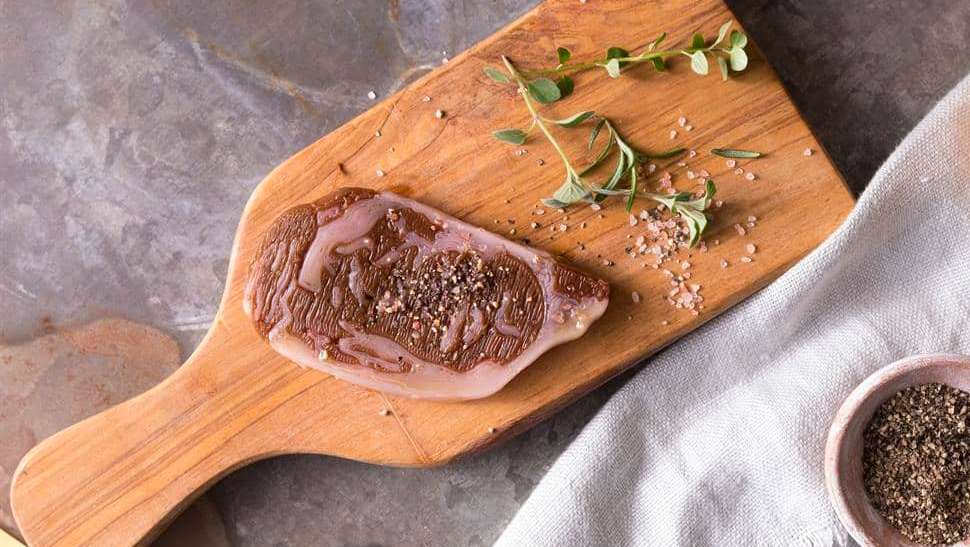
Aleph Farms, founded in 2017 and headquartered in Rehovot, Isreal, is a “cellular agriculture” company that recently achieved Kosher certification for its beef products.
The company, like others in this space, is currently working with regulatory agencies around the world as it prepares for the commercial launch of its first product, a cultivated thin-cut beef steak. Aleph Farms also plans to produce different cuts of steak as well as cultivated collagen through additional proprietary capabilities they’ve been developing.
Aleph Farms’ products are produced from stem cells or starter cells from a fertilized egg, which was sourced from a premium Black Angus cow named Lucy – she lives on a breeding farm in California. From a one-time collection of Lucy’s fertilized egg, Aleph Farms can grow thousands of tons of cultivated meat. Young cells are separated into cultivators to mature into different cell types for muscle and collagen. Inside a cow, a network of proteins and other molecules would surround, support, and give structure to these cells. At Aleph Farms, they use a plant protein matrix made of soy and wheat, which enables the cells to form the shape and texture of an Aleph Cut. Growing Aleph Cuts takes approximately four weeks.
Aleph Farms uses a proprietary 3D bioprinting platform to create its various cuts of meat. The 3D bioprinting platform enables the company to assemble a structured piece of steak from the bottom up, directly from its cells. This 3D bioprinted muscle tissue is then incubated, allowing the cells to continue their development and interaction in a similar manner to what happens inside the cow’s body.
The company has $131 million in funding from investors, including actor and environmentalist Leonardo DiCaprio. Celebrity chef Marcus Samuelsson is partnering with Aleph Farms as an investor, culinary advisor and launch partner to craft culinary experiences featuring Aleph Cuts.
Steakholder Foods

Steakholder Foods, formerly MeaTech 3D, in another Israel-based cultured meat company founded in 2019. It develops slaughter-free solutions for beef and seafood as an alternative to industrialized farming and fishing, but in May 2023, it announced a new business model: selling its patented 3D bio-printers and bio-inks to other cultivated meat companies.
This summer Steakholder Foods was awarded a patent for advanced 3D print heads designed to shake-up 3D bioprinting for the fabrication of edible biostructures. The new printheads are said to overcome some of the obstacles when it comes to scaling up printed meat production.
In July of this year, Stakeholder announced that it has plans (and funding) to build a pilot manufacturing facility in the Persian Gulf region that will produce its printed hybrid-fish products to “advance food security and overcome the limitations of traditional fish production,” the company says. This collaboration will leverage Steakholder Foods’ Ready-to-Cook (RTC) 3D printer technologies and customized bio-inks, tailored to produce a wide range of species-specific cultivated fish, meat products, as well as vegetable-based products.
Finless Foods

Finless Foods is California-based startup biotechnology company producing cell-cultured fish products, starting first with bluefin tuna to address overfishing and environmental concerns associated with traditional fishing. The company also makes a plant-based tuna alternative.
Finless Foods, has raised tens of millions of dollars in funding from investors, such as Japanese seafood company Dainichi Corp and the Sustainable Ocean Alliance.
Although its plant tuna is available now, it is still working to gain regulatory approval for cell-cultured bluefin tuna, enabling it to be sold and consumed.
Note: At the time of publication, it was unclear if there is any 3D printing used in Upside Food processes although it partnered with 3D bioprinter maker 3D Bioprinting Solutions in 2020 to send fish muscle cells to the International Space Station in a food-production experiment.
Mosa Meat
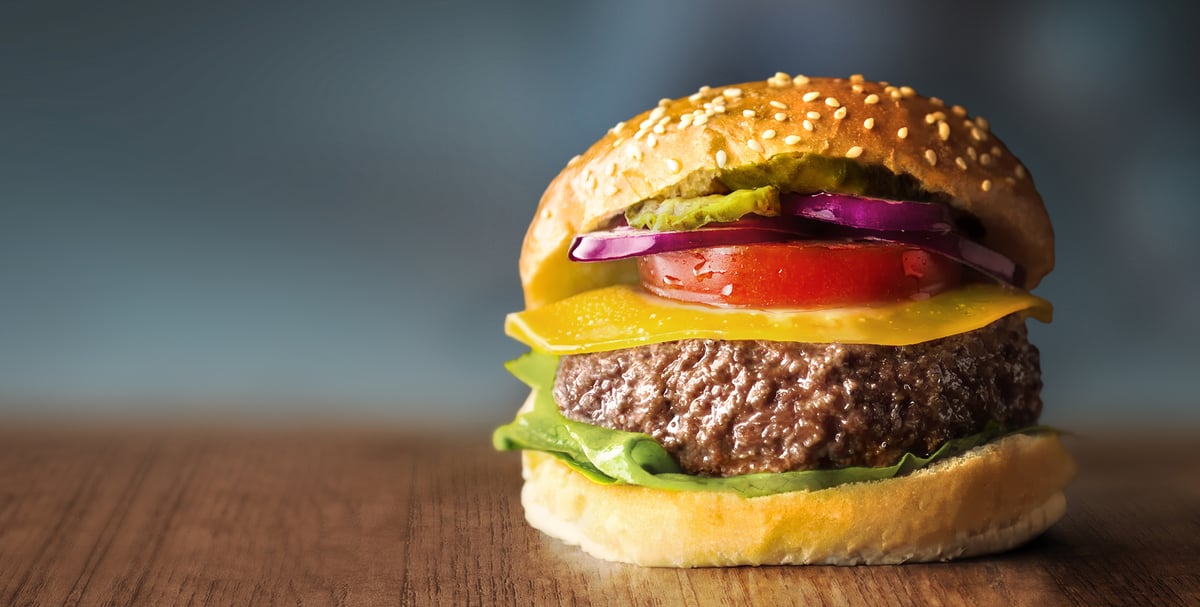
Netherlands-based Mosa Meat is working with the Dutch government to conduct pre-approval tastings of its cultivated meat and seafood products. In fact, at 10 years old, Mosa Meat was the first company to produce a cultured beef burger.
After proving the concept at a press conference in 2013, it has been working on developing its process into commercial products with investors, including, actor Leonardo DiCaprio.
The company just opened a new 2,760-square-meter facility, its fourth, to ramp up production of its beef burgers.
Believer Meats

Believer Meats, previously known as Future Meat Technologies, uses 3D bioprinting to transform global meat production into “an animal-free reality through the distributive manufacturing of fat and muscle cells.”
Following the opening of its first industrial cultured meat production facility in Rehovot, Israel, in June 2021, the biotech company is also constructing what it calls the world’s largest 3D printing facility for cultivated meat in North Carolina where it will be capable of producing at least 22 million pounds of meat a year for consumers across the US and beyond. It’s scheduled to open in 2025.
With investments from some of the world’s largest food and meat companies, including Archer-Daniels-Midland Co. and Tyson Foods, Believer Meats says its formula and processes will get cultivated meat down to a price comparable with traditional meat.
Meatable

Dutch company Meatable says it plans to scale its cultivated pork meat production affordably and provide a genuine solution to the global, pressing problem, of traditional meat production. The company just raised $35 million in new funding.
To make its cultivated pork, Meatable takes one sample of cells from an animal (without harming it) and replicates the natural growth process of the cells using what it called its patented opti-ox technology combined with pluripotent stem cells. This technology makes it possible for Meatable to produce real muscle and fat cells in eight days, 30 times faster than the time it takes to rear a pig for pork on the farm.
The Netherlands the first country in the European Union to make pre-approval tastings of food grown directly from animal cells. It follows on the heels of the government’s ‘National Growth Fund’ committing €60M to build a robust cellular agriculture ecosystem in the country with the aim of making the Netherlands a global hub for cellular agriculture.
Upside Foods

Another California-based cultured meat company, Upside Foods, became the very first to sell cultivated meat to consumers in July 1, 2023. The company’s chicken launched at Michelin-star restaurant Bar Crenn as as part of a six-course meal priced at $150 only offered on the first weekend of each month.
Upside Foods process of cultivating chicken starts with cells from select chickens, then to the cultivator. After two to three weeks the meat is ready for “harvest,” the company says. It’s removed from the cultivator, separated from the cell feed, then molded it into the shape of a chicken filet. Other products may be seasoned, breaded, or otherwise formulated before they are refrigerated or frozen and packaged for distribution.
Note: At the time of publication, it was unclear if there is any 3D printing used in Upside Food processes.
License: The text of "3D Printed Meat – All You Need to Know" by All3DP Pro is licensed under a Creative Commons Attribution 4.0 International License.